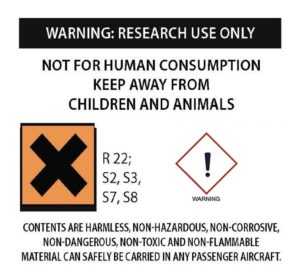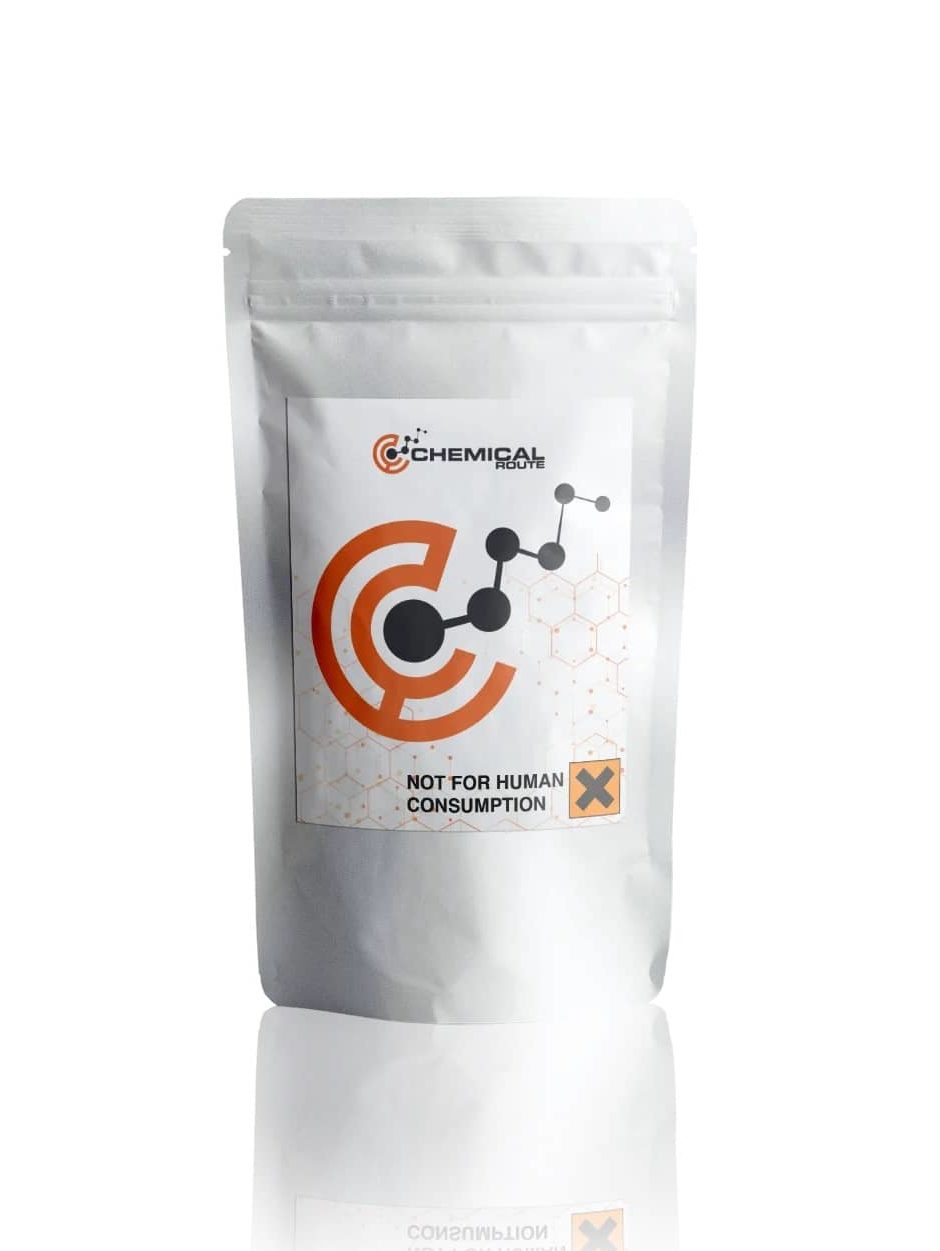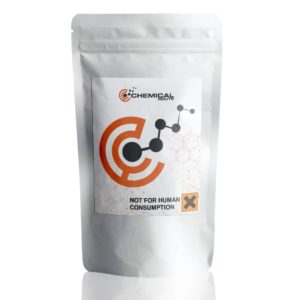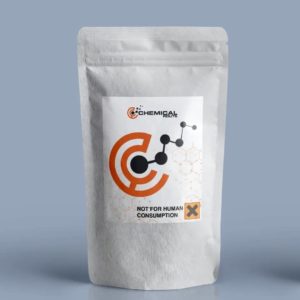Description
3C-E
Product information
IUPAC-name 1-(4-Ethoxy-3,5-dimethoxyphenyl)propan-2-amine
Synonyms 3C-E, 3C E
Formal name 1-(4-Ethoxy-3,5-dimethoxyphenyl)propan-2-amine
Cas number 146849-92-5
Formula C13H21NO3
Molar Mass 239.315 g·mol−1
Purity 99.0 % min.
Formulations A neat solid, Powder
Solubility
- DMF: 0.5 mg/ml
- DMSO: 3 mg/ml
- Ethanol: 10 mg/ml
- PBS (pH 7.2): 3 mg/ml
3C-E, 3C E
Alexander Shulgin first synthesized 3C-E, which is a derivative of amphetamines categorized as a psychedelics. In his book PiHKAL, he states that the dosage range for this drug is from 30 to 60 mg. The effects of this substance can last for up to 8–12 hours.
Commonly referred to as 3C-E or 3C-Escaline, this substance is a synthetic version of the amphetamine class. Although it’s name suggests that it’s related to the 2C-x family, it isn’t. 3C-E has the same structure as escaline, which is an analogue of mescaline.
In his 1991 book PiHKAL, Alexander Shulgin states that he first synthesized 3C-E. It’s currently used as a research chemical and is only available through online vendors. There is still a lot of unknown about its effects.
Chemistry
Amphetamines, such as 3C-E, are derivatives of phenethylamines that are bound to an NH2 group using an ethyl chain. These compounds are also known to have a methyl group and a methoxy functional group. 3C-E is an analog of escaline. It has an oxy chain OCH2CH3 and an methoxy functional group OCH3.
Pharmacology
Although the name 3C-E suggests that it’s related to the 2C-x family, this isn’t the case. It’s actually a 3-carbon analog of escaline.
Its ability to interact with 5-HT2A receptors has been shown to help prevent cluster headaches. It could also help ease the psychological suffering that patients experience during cancer treatment.
It’s believed that 3C-E’s psychedelic effects can be attributed to its ability to interact with the 5-HT2A receptor. However, the exact role of this interaction and how it can trigger a psychedelic experience remains unclear.
The toxicological and physiological properties of this compound has not been analyzed. Usage of this Chemical should be for research and forensic purposes only.
WARNING This product is not for human or veterinary use.

This product is only available to persons of 21 years old and above.
Hazard statement(s)
| H302 | Harmful if swallowed |
| H315 | Causes skin irritation |
| H319 | Causes serious eye irritation |
| H332 | Harmful if inhaled |
| H335 | cause respiratory irritation |
| H336 | cause drowsiness or dizziness |
| Precautionary statement(s) | |
| P264 | Wash hands thoroughly after handling |
| P280 | protective gloves/protective clothing/eye protection/face protection |
| P305 + P351 + P338 | IF IN EYES: Rinse cautiously with for several minutes. Remove contact lenses, if present and easy to do. Continue rinsing. |
| P337 + P313 | If eye irritation persists: Get medical advice/attention |
| P261 | Avoid breathing dust/ fume/ gas/ mist/ vapors/ spray |
| P271 | Use only outdoors or in a well-ventilated area |
| P304 + P340 | IF INHALED: Remove victim to fresh air and keep at rest in a position comfortable for breathing |
| P312 | Call a POISON CENTER or doctor/physician if you feel unwell |
| P403 + P233 | Store in a well-ventilated place. Keep container tightly closed |
| P405 | Store locked up |
| P501 | Dispose of contents/container to a licensed disposal company |




Reviews
There are no reviews yet.